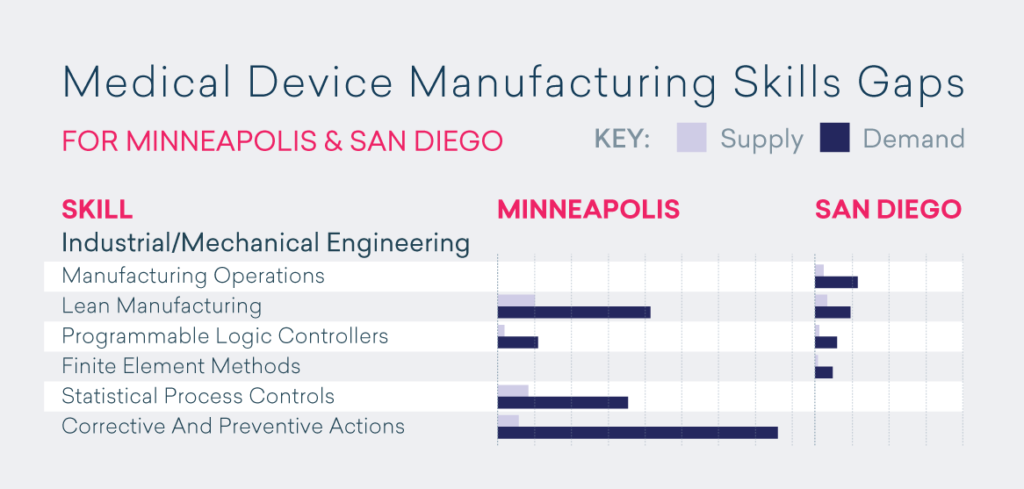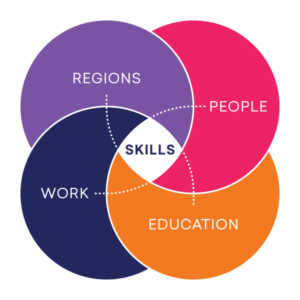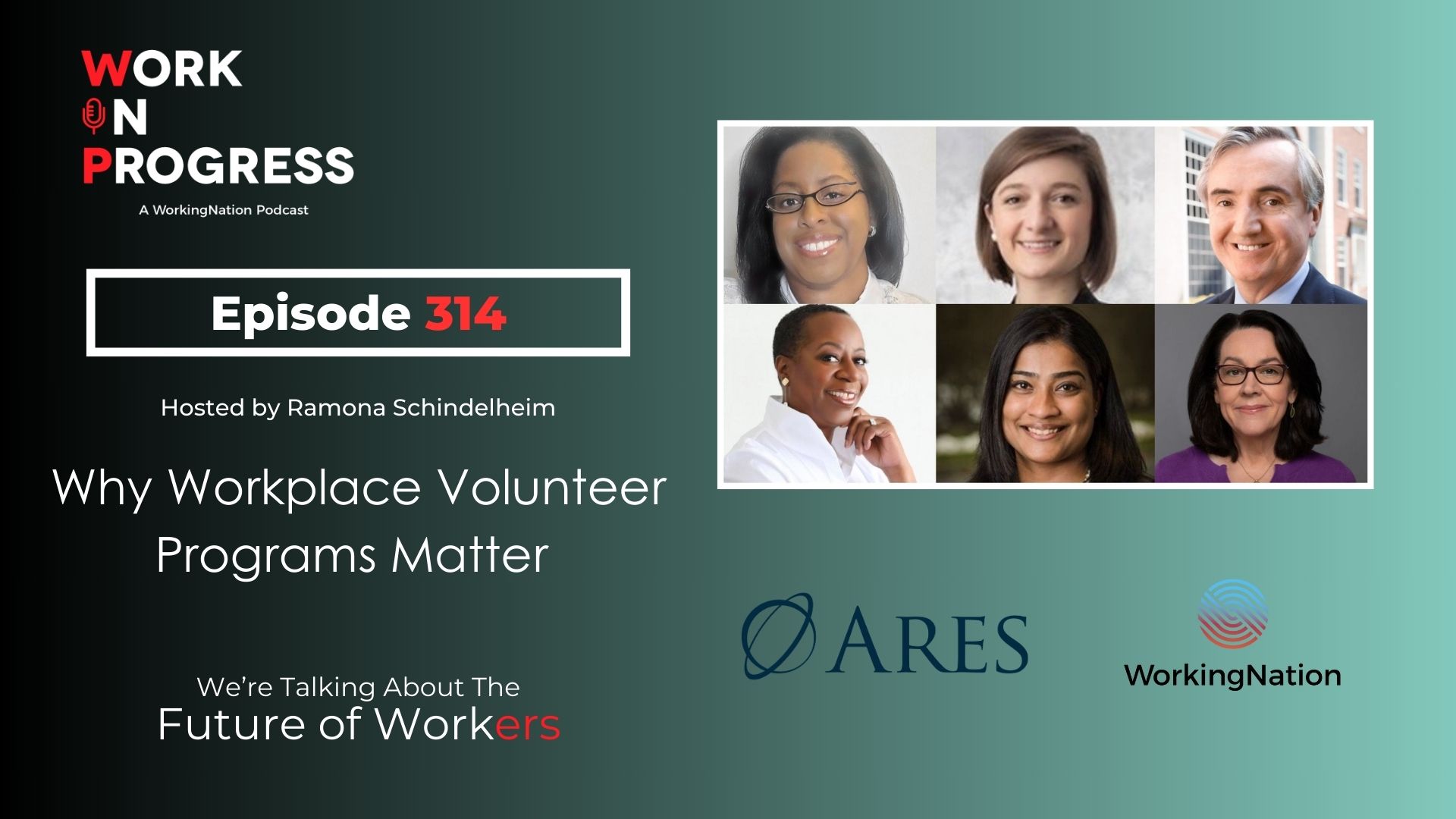When it comes to effective job hunting, education and training, talent recruiting, and a city’s economic development, what is the most important common factor?
It’s language, according to a new study. Specifically, the language of skills.
“We think skills is a language that allows companies, colleges, and people to communicate in better ways,” says Rob Sentz, chief innovation officer of Emsi. “Skill is a term that can be common between a school, a person and a business in a way that a job title isn’t.”
“A person doesn’t necessarily know what a ‘data scientist’ or ‘product manager,’ is. But if you describe what those jobs are in terms of the work they do and the skills that are required, it is easier for people to use that information to translate it into what they need to learn or courses they need to take so they can qualify for those roles,” Sentz tells WorkingNation.

Emsi explains the strength of this common language in its new report, “Using Skills to Strengthen Regions.” The labor market analytics company focused on the medical device industry in two states—Minnesota and California—to test its theory, gathering data from millions of jobs posting and professional profiles.
“Something we’ve been observing in data was how different economies can be even for the same industry. When you look at data from the government, each industry and job looks the same no matter where you are. But when you look at skills it is amazing how different the same industry or occupation can be place-to-place,” Sentz says.
It’s How Employers Talk About Skills
Known for its vibrant “medical alley,” Minnesota’s unemployment rate had started to rise. The reason wasn’t obvious. By using a “skills-cluster model” to analyze the data, Emsi’s report shows the discrepancy between the demand for skills in Minnesota, and the shortage of qualified talent.
Conversely, California’s medical device-related job openings–and the talent to fulfill those jobs there–grew. For example, Medtronic is headquartered in Minneapolis and in 2019 increased its job postings in Minnesota by 30 percent. But in California, the company increased job postings by 54 percent.

“If you look at the chart showing the difference between medical devices manufacturing in Minneapolis and San Diego, we see the unique skills that are shaping each space. Life sciences and software skills shape the San Diego cluster while production and engineering skills shape the Minnesota cluster,” he says.
“The model is showing the skills that are most significant and are really driving the region. Our models are not just looking at individual skills. They’re also looking at the distance and associations skill-to-skill. This helps identify the true linchpins to the economy.”
Creating a Strategy to Attract Skilled Workers
Sentz says the technique used for this type of study can be replicated in other areas and other industries to help all stakeholders be proactive in mitigating losses and addressing potential challenges.

The paper spells out four recommendations: know your strengths and look to diversify, identify competitive upskilling opportunities, strengthen the local talent pipeline, and develop in-demand micro-credentials.
All four recommendations require employers, and potential employees, colleges, and regions to work together. When a university works directly with an industry to discover the types of skills companies are looking for, it knows how to shape curriculum.
When employees see the types of jobs they want the skills required, they can turn to universities, training programs, and other resources to acquire them. And, they understand the way to share their skills for the roles they want.
Common Language Equals Economic Development
When regions have all of this information, it can work with all three organizations to strategize how to recruit and retain companies and residents.
“This leads to change. A community leader can say ‘Look, we see gaps in these areas over the next three years or six months. We need to get a strategy and investments in place to fill these to retain the company’,” Sentz says.
“If you get a strategy like that, it’s a net-win for the company because they get people they need. It’s a net-win for people because they’re in touch with better job opportunities. Education providers end up providing something truly valuable, and the region in general, fosters and develops their own economy.”
Related Stories:
Building a tech talent pipeline











